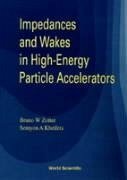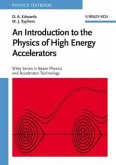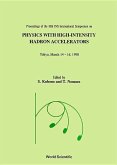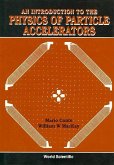Modern particle accelerators and storage rings, whether used for high-energy physics, synchrotron light sources, or other purposes, require particle beams with the highest possible intensity. In order to achieve this maximum performance, a good understanding of the interaction of the charged particle beams with the surrounding vacuum chamber and other accelerator components is necessary. In the frequency domain, this interaction can be described by impedances, and equivalently by wake fields in the time domain. These need to be known to estimate the thresholds of coherent instabilities, or other collective effects, which limit the achievable beam current. Such considerations have to be taken into account already during the design of such machines, as they limit the choice of materials and the shapes of components required for their operations. The book explains the basic concepts, and the methods which have been used to calculate impedances and wakes. The emphasis is on circular particle accelerators and storage rings, with which the authors are more familiar, but many of these concepts are equally useful in linear accelerators or colliders. Without any pretense of completeness, the most important accelerator components, such as vacuum chambers with bellows and pumping ports, RF and other cavities, single steps, irises and collimators, etc. are described in specialised chapters. Also limitations and restrictions of the impedance and wake field descriptions are discussed. The book is mainly written for physicists working with or on particle accelerators or storage rings, and who want to understand the methods which have been used for such calculations.







![High Energy Density and High Power RF: 7th Workshop on High Energy Density and High Power RF [With CDROM] High Energy Density and High Power RF: 7th Workshop on High Energy Density and High Power RF [With CDROM]](https://bilder.buecher.de/produkte/21/21956/21956508m.jpg)
